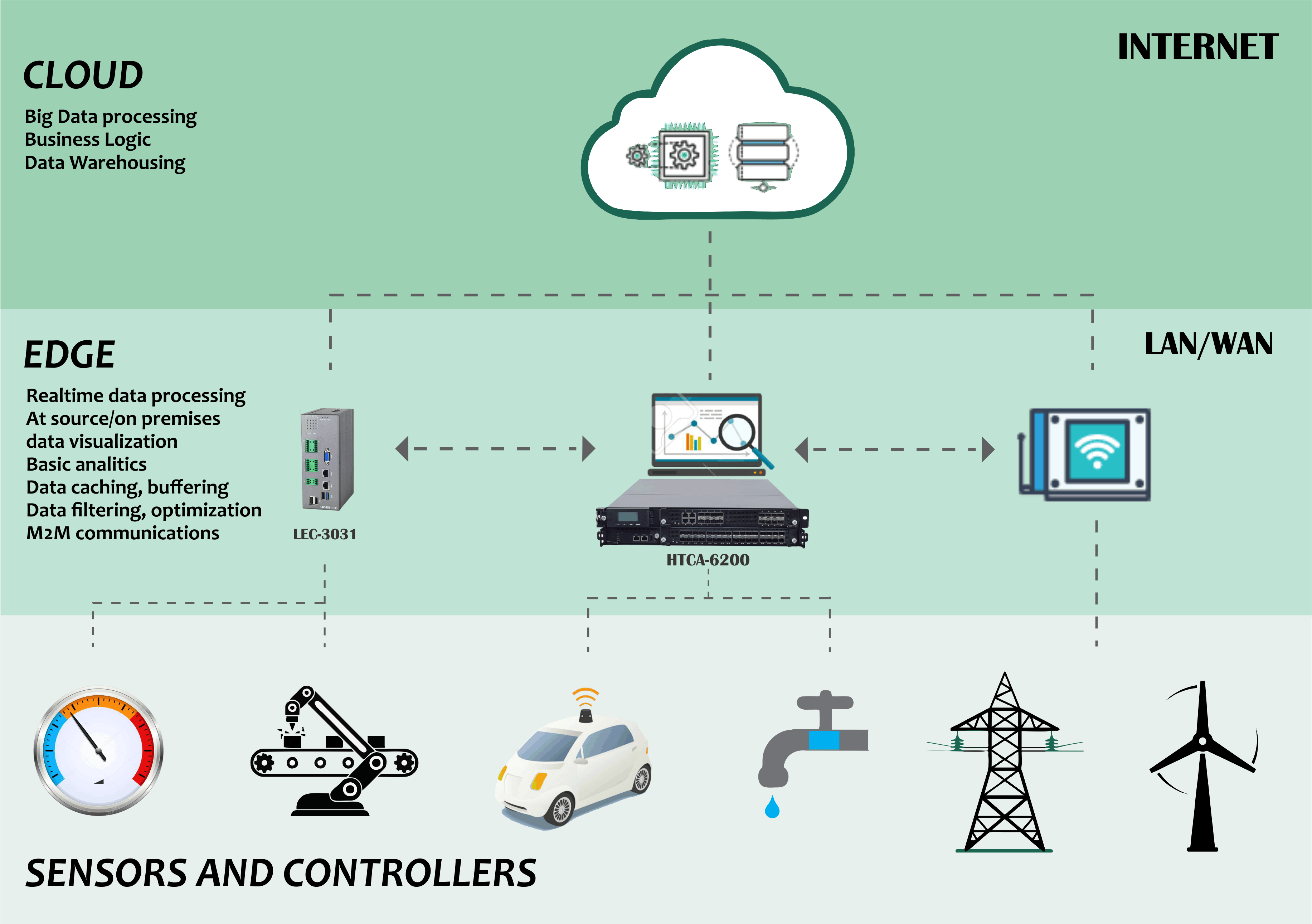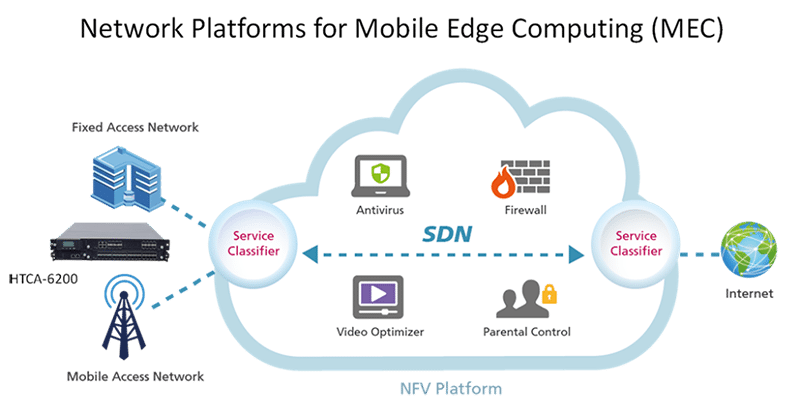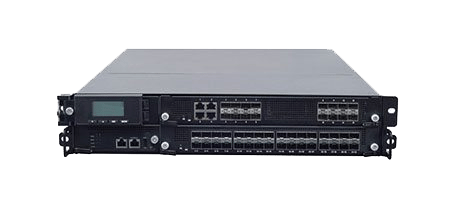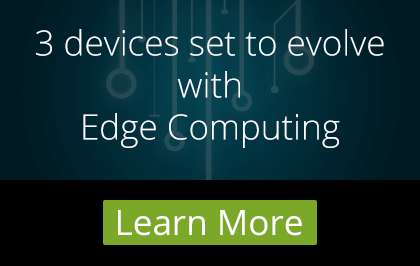
Networks around the world are going through a massive transformation in which edge computing devices and edge infrastructure development hold a key role. This edge revolution is to leverage the potential of IoT that will be unleashed on the back of 5G roll out in future not so far. Groundbreaking technologies and solutions evolving in the SDN, NFV and Multi-Access Edge Computing verticals are laying a foundation for agile and cost effective network infrastructure, designed to provide highly optimized and distributed compute and storage resources for proper implementation of 5G services in an IoT heaven.
Edge Computing Technologies
From real-time data analysis and enhanced application performance to much lower operating costs and scheduled downtime, there are plenty of reasons as to why organizations might begin to employ edge computing technologies into their network infrastructure, but what individual technologies are enabling enhanced networks such as 5G? How are they improving existing network infrastructures and what will their benefits be? In this section, we’ll look at mobile edge computing (MEC), fog computing, cloudlets and micro data centers, what they are and how they work in order to better understand their role in enabling next generation network infrastructures.
1-Multi-Access Edge Computing
Multi-access Edge Computing or Mobile Edge Computing, depending on who you ask, is a network architecture that enables the placement of computational and storage resources within the radio access network (RAN) to improve network efficiency and the delivery of content to end users. In order to do this, MEC can adapt to the load on the radio link in order to improve network efficiency and decrease the need for long distance backhauling. As network demands look set to increase significantly as more IoT and 5G enabled technologies and devices are developed, mobile edge computing allows operators to deal with traffic and resource demands more intelligently while also laying the foundations for future intelligent, next generation networks. Mobile edge computing could also provide enhanced location, augmented reality and Internet of Things services support, giving those industries both a head start and time to adapt to new technologies before 5G networks begin to roll out.

2-Fog Computing
Fog computing, fog networking or merely “fogging”, is a term used to described a decentralized computing infrastructure which both extends cloud computing to the edge of a network while also placing data, compute, storage and applications in the most logical and efficient place between the cloud and the origin of the data, this is sometimes known as being placed “out in the fog.” The goal behind fog computing is to both extend cloud computing and services to the edge of a network and attempt to reduce the data transported to the cloud for processing, analysis and/or storage. Data captured from IoT sensors and other devices is usually sent to the cloud to be analyzed and processed, however, these sensors and devices can often be much too far away to respond in a useful amount of time, fog computing can enable short term analysis and processes at the edge of a network so as to reduce the amount of data being sent back to the cloud.
3-Cloudlets
Cloudlets are mobility-enhanced, small scale cloud data centers located at the edge of a network and represent the second tier in a three tier hierarchy: Mobile or smart device — Cloudlet — Cloud. The purpose of cloudlets is to improve resource intensive and interactive mobile applications by providing more capable computing resources with lower latency to mobile devices within a close geographical proximity. This can then help to eliminate the latency delays traditionally associated with WAN cloud computing. While 5G networks loiter on the horizon, cloudlets have been designed to support resource intensive applications such as those for augmented reality, machine learning and speech recognition and language processing and will provide much needed assistance to 5G networks upon their arrival due to the increased demand that will come along with them. Cloudlets would also need to be decentralized and widely dispersed in order to offer the greatest level of network coverage possible, this would also help with leveraging resources from nearby mobile computers.
4-Micro Data Centers
Micro data centers are smaller, reach-level systems that provide all the essential components of a traditional data center. In certain edge computing applications Micro data centers are much more suited than traditional data centers as they can typically much smaller in size and can be deployed both inside and outside in rugged conditions. This makes them an ideal solution for edge computing as they can be deployed locally to the data source and can be custom built to suit the requirements of those looking to implement them. It is estimated that micro data centers will be most beneficial to SMEs that don’t have their own data centers as larger corporations will tend to have more resources and thus not need such solutions. As the growth of the Internet of Things continues to inspire development of new smart devices and IoT sensors, a report from MarketsandMarkets suggests that the Micro data center solution sector could be worth a staggering $32 billion over the next two and half years.

We’ve now seen some of the edge computing technologies that are enabling next generation network infrastructure. Innovations such as the continued development of the Internet of Things and 5G wireless communications networks will only remain feasible if the technologies in other areas such as mobile edge and fog computing are ready and able to provide a stable platform from which to innovate further. MEC, fog computing, cloudlets and micro data centers will all have important roles to play when it comes to the future of network computing, their first test, however, will be when 5G is finally ready to be rolled out.
This is an updated version of the original article published on September 24, 2017.








